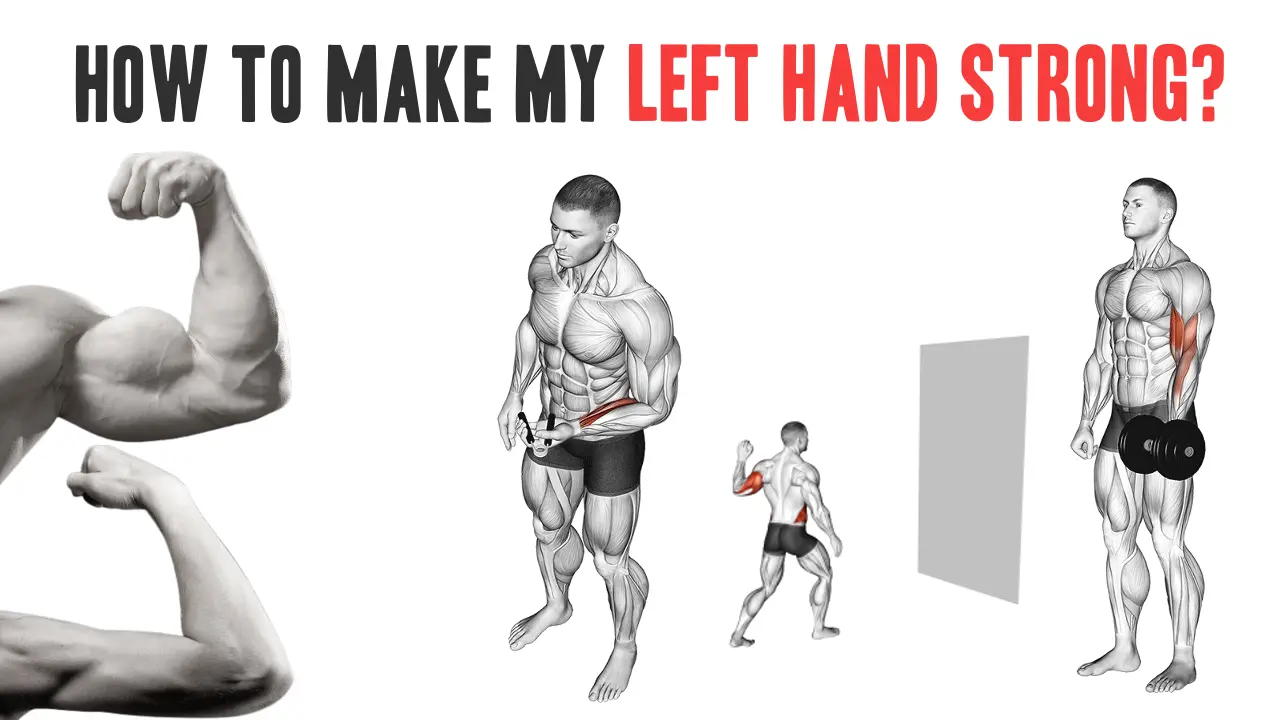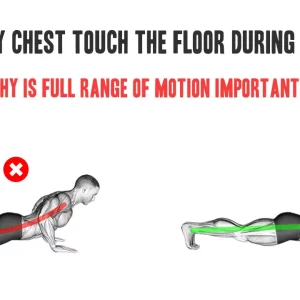Contents
Want to improve your hand strength and coordination, especially on your left side? You’re not alone! Many people focus on their dominant hand, but a strong left hand can benefit you in many activities, from rock climbing to playing musical instruments.
This guide offers a practical approach to strengthening your left hand, improving grip, dexterity, and overall hand function. Here are some unilateral exercises and activities to strengthen your left hand:
Dumbbell Exercises for Strength Training
Who says dumbbells are just for right-handed folks? Perform bicep curls, tricep extensions, shoulder presses, and rows using just your left hand. Gradually increase the weight as you get stronger.
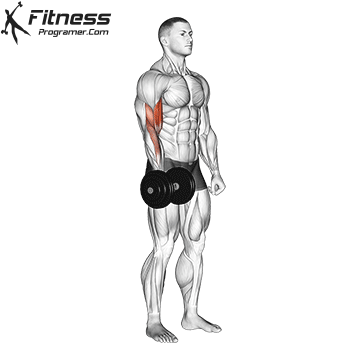
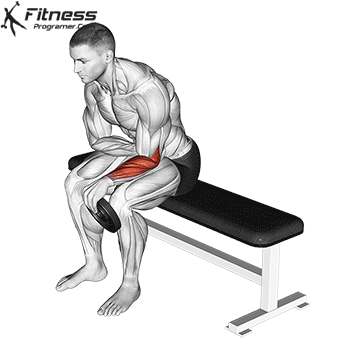
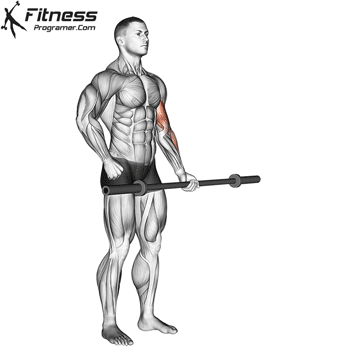
Tips for Using Dumbbells Effectively:
- Choose the right weight: Start with a weight that allows you to perform 8-12 controlled repetitions with good form. You should feel challenged but not struggle to complete the reps.
- Focus on form: Proper form is essential to prevent injury and maximize results. Maintain a neutral spine and avoid using momentum to swing the weights.
- Slow and controlled movements: Aim for slow and controlled motions during both the lifting and lowering phases of the exercise. This keeps your muscles under tension for a longer time, leading to better results.
By incorporating these exercises with proper form and progressive overload (gradually increasing weight or difficulty), you’ll be well on your way to strengthening your left hand with dumbbells.
Grip Strengtheners
Squeeze and release a hand gripper to target your fingers, forearms, and overall grip strength.
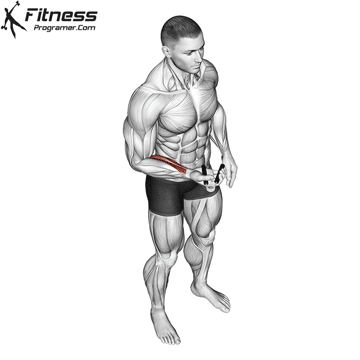
Using the Hand Gripper:
- Choose the right resistance: Don’t jump straight to the heaviest gripper. Start with a weight you can comfortably squeeze shut for 8-12 repetitions. You should feel challenged but not unable to complete the reps.
- Squeeze technique: Grip the handles firmly and squeeze as hard as you can. Hold the squeeze for a second, then slowly release. Focus on a smooth, controlled motion throughout.
- Sets and reps: Aim for 2-3 sets of 10-12 repetitions for each hand. As you get stronger, you can increase the sets, reps, or switch to a heavier gripper.
Hand grippers target a specific aspect of grip strength. Consider incorporating other exercises like tennis ball squeezes, wrist curls, and fingertip push-ups for a more well-rounded approach.
Isometric exercises
Isometric exercises offer a targeted approach to strengthening your left hand by engaging the muscles in static contractions without movement.
Choose a weight that challenges you to maintain proper form throughout the hold. Gradually increase the duration of each isometric squeeze as your strength progresses.
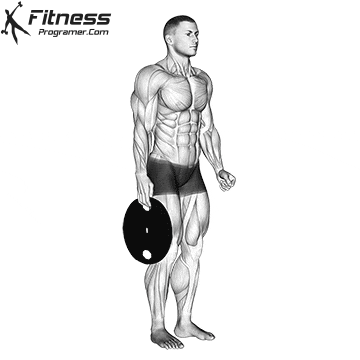
Tips for Using Training Effectively:
- Stand tall: Maintain a straight posture with your feet shoulder-width apart.
- Weight plate grip: Hold the weight plate in your left hand with your palm facing inwards and fingers wrapped around the outer rim.
- Squeeze and hold: Squeeze the weight plate as hard as you can for a sustained period, focusing on engaging the muscles in your forearm and hand. Aim for a hold time of 5 to 15 seconds.
- Relax and repeat: Slowly release the squeeze and relax your hand for a few seconds. Repeat the isometric squeeze for the desired number of repetitions (typically 2-3 sets of 10-15 second holds).
Ball Games
Playing catch, tennis, or throwing a frisbee with your left hand are fun ways to build strength and control.
Reaction ball training can be a fun and effective way to improve your left hand strength, especially in terms of hand-eye coordination, reaction time, and overall grip strength.
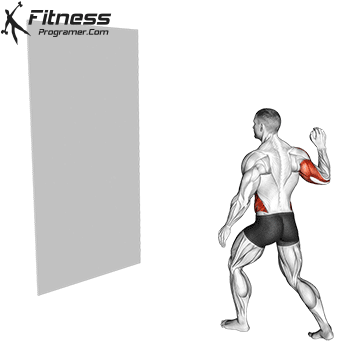
Tips for Effective Training:
- Choose a reaction ball: These are small, lightweight balls that are designed to bounce erratically when thrown. They come in different weights and densities, so start with a lighter one to get the hang of it.
- Solo training: Stand with your feet shoulder-width apart and hold the reaction ball in your left hand. Throw the ball against a wall in front of you, catching it with your left hand after it bounces back. Focus on reacting quickly and catching the ball with a firm grip. You can also try throwing the ball at different angles and speeds to challenge your reflexes.
- Partner training: Find a partner and stand facing each other at a comfortable distance. Throw the reaction ball back and forth between you, focusing on catching it with your left hand. This adds an element of unpredictability and improves hand-eye coordination.
By incorporating reaction ball training into your routine, you can effectively strengthen your left hand, improve your reflexes, and enhance your hand-eye coordination.
Daily Activities
Lefty for a Day (and Beyond!): Challenge yourself to use your left hand for everyday tasks like brushing your teeth, opening doors, or writing.
This will improve dexterity and coordination. But don’t stop at a day! Throughout the week, consciously try to use your left hand for some tasks to gradually improve its dominance. As you get more comfortable, consider switching to left-handed versions of common tools like scissors or can openers to further challenge yourself.
Brain and Body Activities
Writing: If you’re right-handed, try writing with your left hand for short periods. This will engage different hand muscles and improve overall fine motor control.
Musical Instruments: Learning a stringed instrument like the guitar or violin can significantly enhance dexterity and coordination in both hands. Even if you’re not a musical prodigy, consider taking up a left-handed instrument to specifically target your left hand’s motor skills. The act of learning a new skill also stimulates the brain, creating new neural pathways that can benefit overall cognitive function.
Remember:
- Balance is Key: While focusing on your left hand, don’t neglect your right. Aim for balanced exercises to avoid any imbalances.
- Start Slow: Begin with lighter weights and fewer repetitions, gradually increasing the intensity as your hand gets stronger. Proper form is crucial to prevent injuries, so don’t hesitate to consult a certified trainer for guidance if needed.
- Listen to Your Body: Take rest days and stop if you feel any pain.
With consistent practice and these tips, you’ll be well on your way to a stronger, more coordinated left hand!

